Physical Education
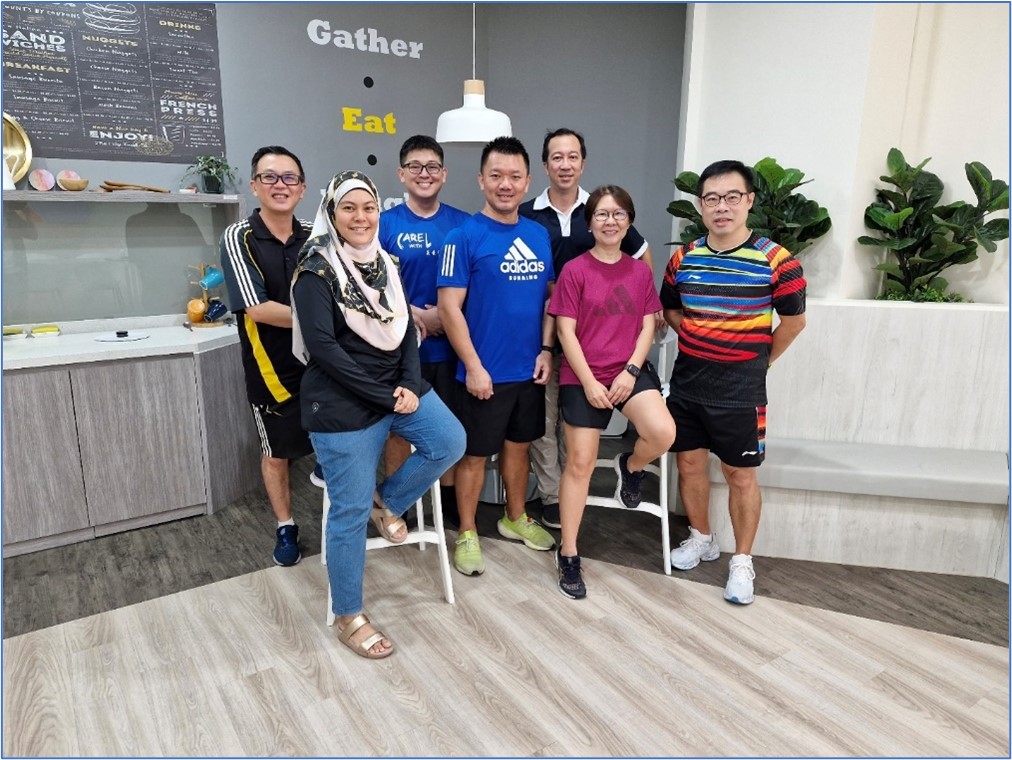 Diagram 1: The PE department.
Diagram 1: The PE department.
Physical education (PE) is an important instructional programme that provides broad-based development of physical competencies so that all students are able to pursue physical and sporting activities at their own physical and interest level, well into their adulthood.
MOE’s Purpose and Goals for PE
The purpose of Physical Education is to develop physically competent and confident individuals who enjoy a lifetime of active and healthy living safely and responsibly.
There are five goals of PE:
1. Movement Competence. Students are competent and confident to participate in a range of physical and outdoor activities.
2. Healthy Lifestyle Practices. Students have a personal commitment to healthy lifestyle practices in physical activity, nutrition, sleep, outdoor time and hygiene.
3. Safety Mindset. Students apply risk assessment to manage daily and physical activities with respect to self, others and the environment.
4. Core Values. Students make informed and responsible decisions with regard to personal behaviour and social interactions based on sound values-based judgements.
5. Enjoyment. Students enjoy and value physical activities and healthy living in a sustainable way.
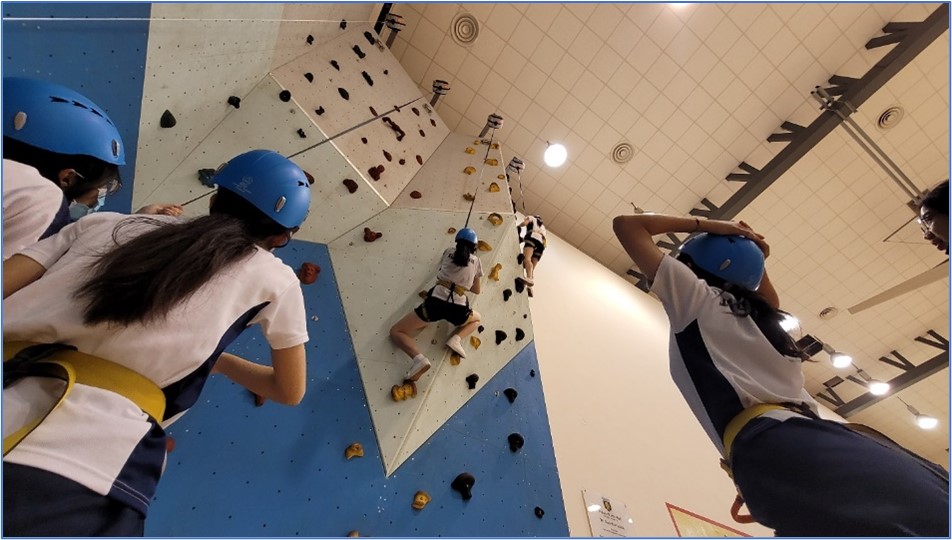 Diagram 2: Confident individuals.
Diagram 2: Confident individuals.
Our Approach
We celebrate individual differences! We understand that not everyone likes physical activities but we aim to change that. We aim to impact all students such that they acknowledge being physically active is important, but they may not be ready yet to embark on a lifelong physically active journey. All our students should also be able to understand how a sport is being played, as well as appreciate when good skill execution or tactical play is being demonstrated.
After going through our PE programme, most students should have been exposed to a wide variety of sports so that they can participate in sports at the recreation level as well as keeping an active lifestyle, when they are ready! Those with the interest and ability will be able to pursue and compete at a higher level.
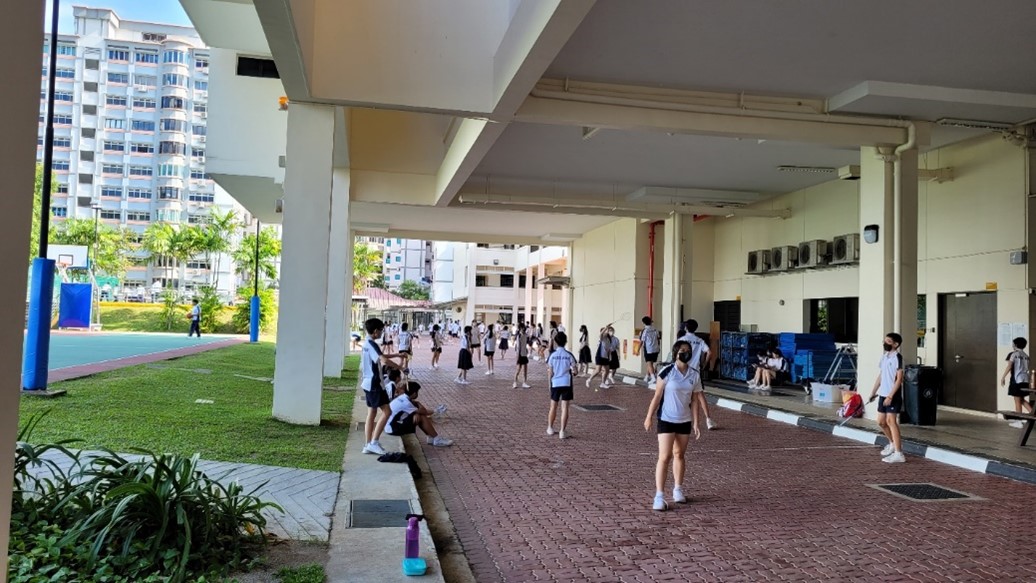 Diagram 3: Students participate in sports as well as keeping an active lifestyle, at a level they are comfortable with.
Diagram 3: Students participate in sports as well as keeping an active lifestyle, at a level they are comfortable with.
Our Curriculum: What We Teach
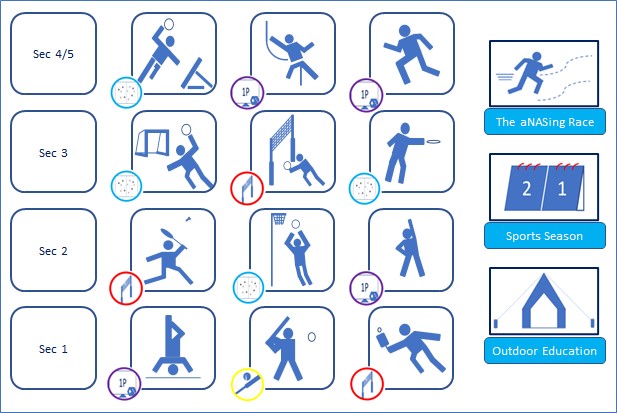 Diagram 4: The PE curriculum comprised of varied PE modules and are augmented by different seasonal programmes.
Diagram 4: The PE curriculum comprised of varied PE modules and are augmented by different seasonal programmes.
The physical ability and interest of each person change across the life span. With a broad range of physical competencies and exposure to different sports, we hope that each student is enabled at any level of participation from which to choose from and switch to the physical activities and sports they prefer. These students will be enabled to continue their participation recreationally or competitively, thus motivating them towards lifelong participation.
The PE lessons remain the anchor and centrepiece of the programme. The sports and physical activities chosen are unique across the different years, and with sports belonging to the three different categories under the Teaching Games for Understanding teaching model. This wide spread of choices was afforded in the hope that some of the games sufficiently entices the students to participate long into adulthood so as to keep them physically active.
Three seasonal events augment the PE programme.
(a) Our Outdoor Education is weaved into our cohort level camps. These residential camps provide the authentic learning experiences for problem-solving and decision-making, both individually and in groups. Students experience real consequences of their actions and decisions that affect themselves and the people around them. They also develop an array of outdoor knowledge and skills that enable them to enjoy the camping experiences with their peers. It is hoped that these experiences seed an attitude to be comfortable and safe in the outdoors.
(b) The sports season is held at the end of each PE module for students to apply what they have learnt. Using the Sport Education model, students adopt roles of players, coaches, referees and statisticians to deepen their knowledge of the sport learnt. Another iteration of the sports season appears in the form of post-exam activities where the students compete in inter-class games of the sports they have learnt for the year.
(c) The aNASing Race is our annual cross-country race. Over their four years with us, we bring students to different iconic running trails and venues in the eastern/southern part of Singapore to share with them the joy of competing and completing a challenging event. This aims to build perseverance and to instill a “can-do” attitude in them.
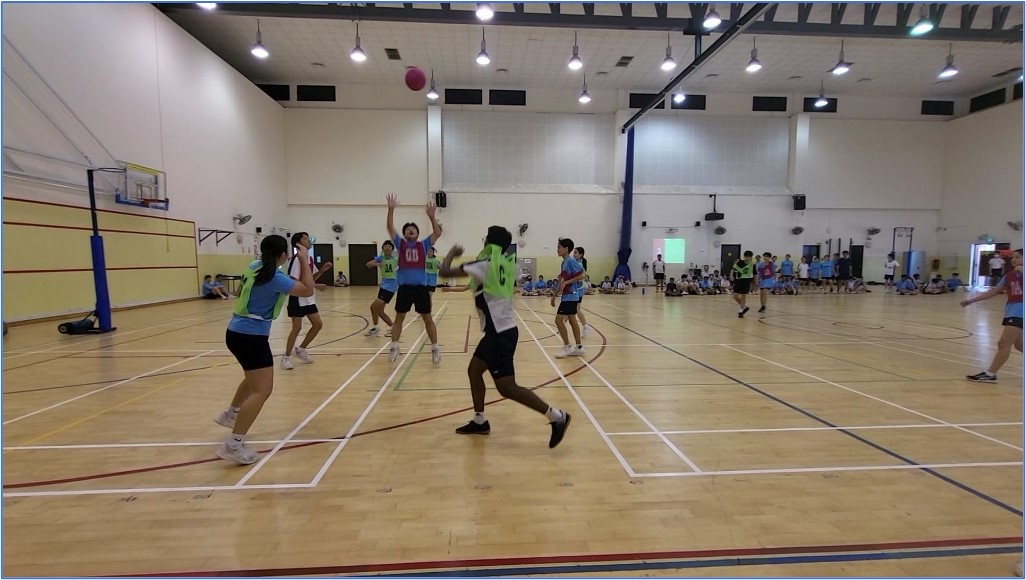 Diagram 5: Sports season can be taking place at the end of a module or as end of term activities.
Diagram 5: Sports season can be taking place at the end of a module or as end of term activities.
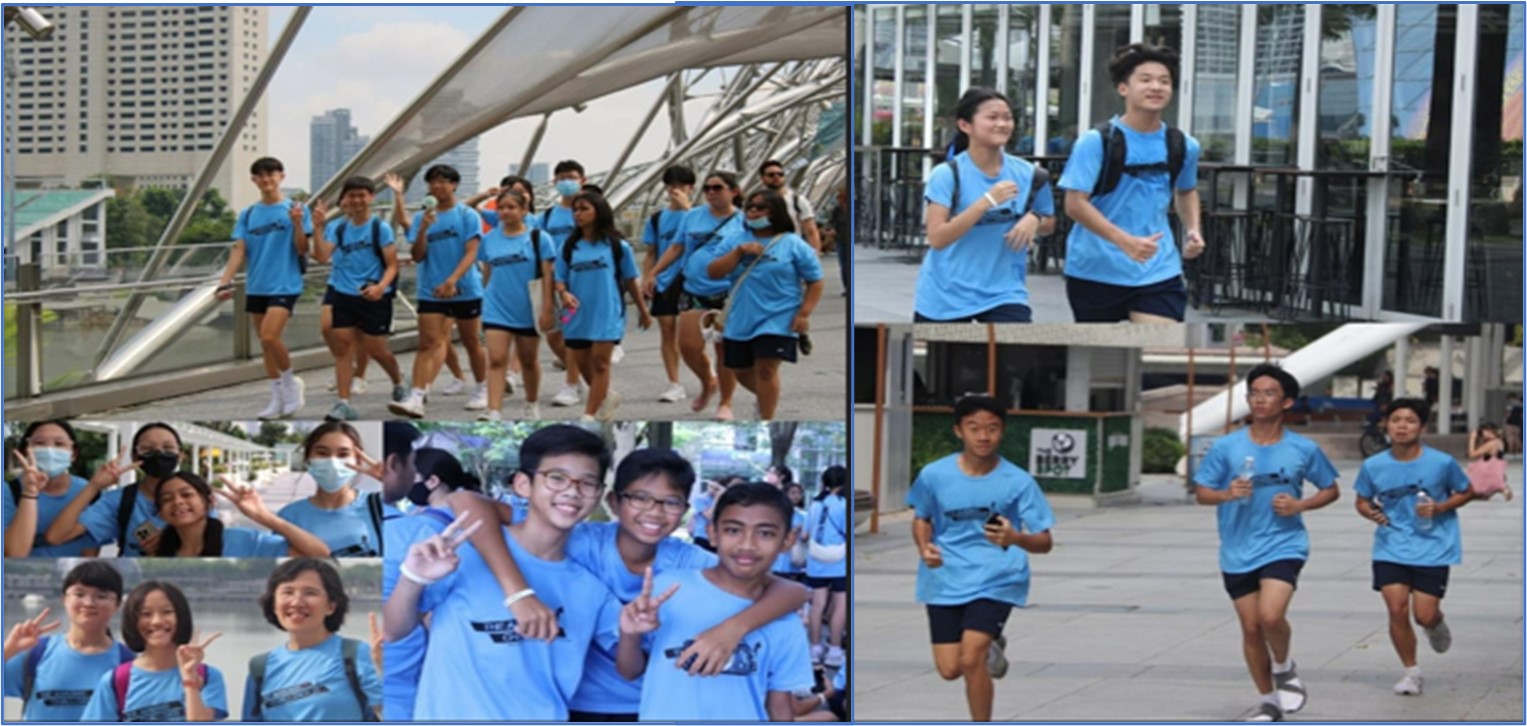 Diagram 6: The aNASing Race is our annual cross-country/road race.
Diagram 6: The aNASing Race is our annual cross-country/road race.
Our Pedagogy: How We Teach
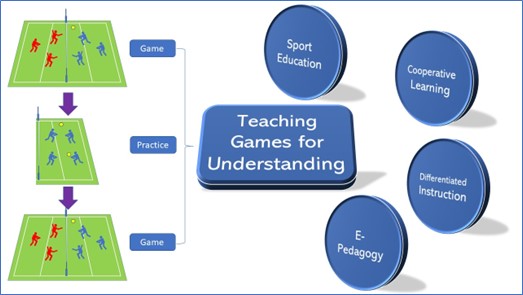 Diagram 7: Teaching Games for Understanding is the main teaching model, but elements of other teaching models are also utilized so as to maximise teaching effectiveness.
Diagram 7: Teaching Games for Understanding is the main teaching model, but elements of other teaching models are also utilized so as to maximise teaching effectiveness.
Our PE teachers strive to deliver PE lessons in a variety of ways so as to vary the challenges on the students, to keep the classes exciting, to cater to the different readiness of the students, as well as to deliver the different learning outcomes.
In a typical lesson, the Teaching Games for Understanding (TGfU) is the main teaching model used. The students begin by playing a modified or small-sided version of the game designed to highlight the technical, conceptual or tactical problem associated with the game. Then the students go through a skill or tactical practice to explore resolutions to the problem highlighted in the earlier game. The lesson is closed with another game so that students apply the resolutions to the problem identified, hopefully demonstrating improved skill or tactical execution. This approach has been regarded as more enjoyable than the traditional skill-based PE delivery as students become more competent learners, learning within the context of the game.
Other elements of different teaching models are also utilised. The sport education model allows overt applications of skills and provides authentic role-modelling akin to professional sport teams. Cooperative learning leverages on the social aspects of learning, while differentiated instruction caters to the different learning readiness of the students.
All lessons are underpinned by e-pedagogy as PE teachers attempt to create new learning possibilities afforded by digital technologies. We hoped the resultant outcomes accelerate and deepen learning by making learning more active and personalised.
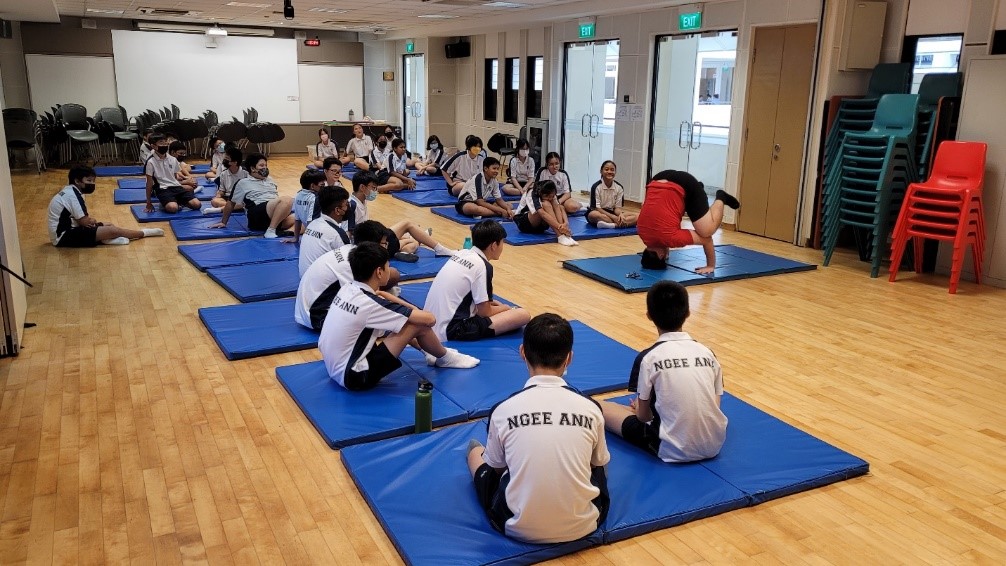 Diagram 8: The teacher remains the key.
Diagram 8: The teacher remains the key.
Our Assessment: How Do We Know Our Students Have Learnt
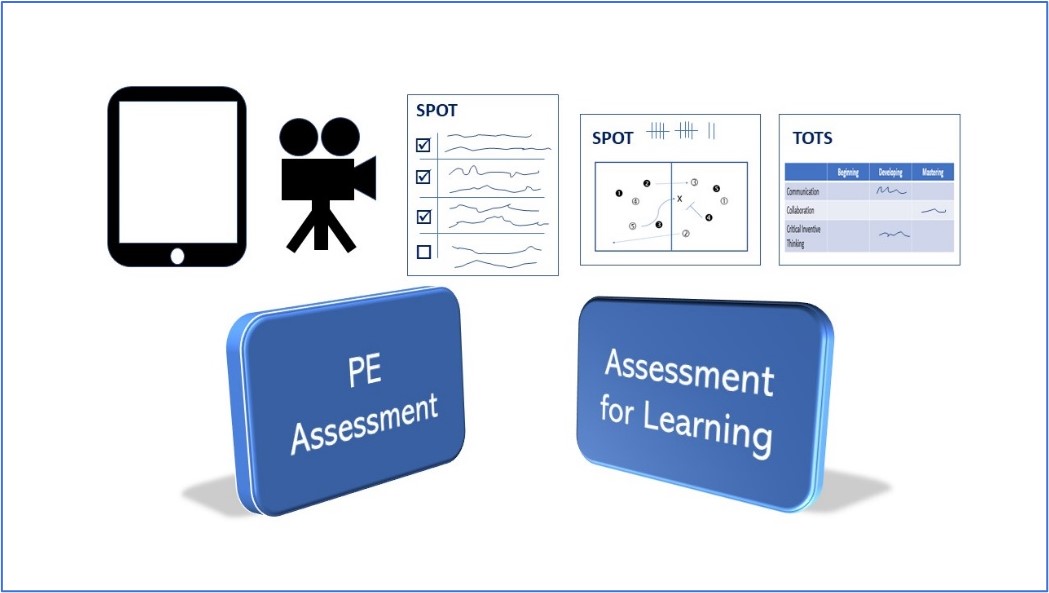 Diagram 9: Our assessment aims to inform about teaching and to impact learning, and leverages on our school strength in the pervasive use of technology to augment lessons.
Diagram 9: Our assessment aims to inform about teaching and to impact learning, and leverages on our school strength in the pervasive use of technology to augment lessons.
In our school, assessment in PE is a continuous process. Together with e-pedagogy, assessment is used to inform teaching and in turn impact learning. Our students are exposed to and become comfortable with using technology to learn in our lessons.
Teachers do not describe the skill required. We show how the professionals do it via technology and augment it with live demonstrations. Teachers do not describe what they observed during practice. They show it with technology. Students do not have to recall what they did during practice. They view themselves in action, playing back and reviewing what their peers have recorded of them. Coupled with the teacher-designed tools (Student Peer Observation Tools, SPOT), whether it is a skills breakdown checklist or a heatmap of what went on during the game, students conduct self- and peer-assessment to critique and identify their own progress. With the data, teachers can make use of them to plan and adapt subsequent lessons to close teaching and learning gaps.
Teachers also design criterion-referenced assessment (Teacher Observation Tool of Students, TOTS). Students’ performances are judged against established criteria. This can be in the areas of skills acquisition, tactical displays and or social interaction. Such comparison allows all students to potentially achieve the target, eliminating comparison with others and therefore promoting collaborative learning.
Compared to the traditional practice, teaching and learning is no longer an exercise of recalling what students can do. Students and teachers alike view objective data, and master the art of deciphering what they see, translating it into information to improve their skills.
This is an area we will continue to improve on. We strive to develop appropriate and reliable assessment criteria, and work on improving our observational skills, increasing our knowledge of learning activities and skill-breakdown, while continuing to improve our judgments of students’ ability.
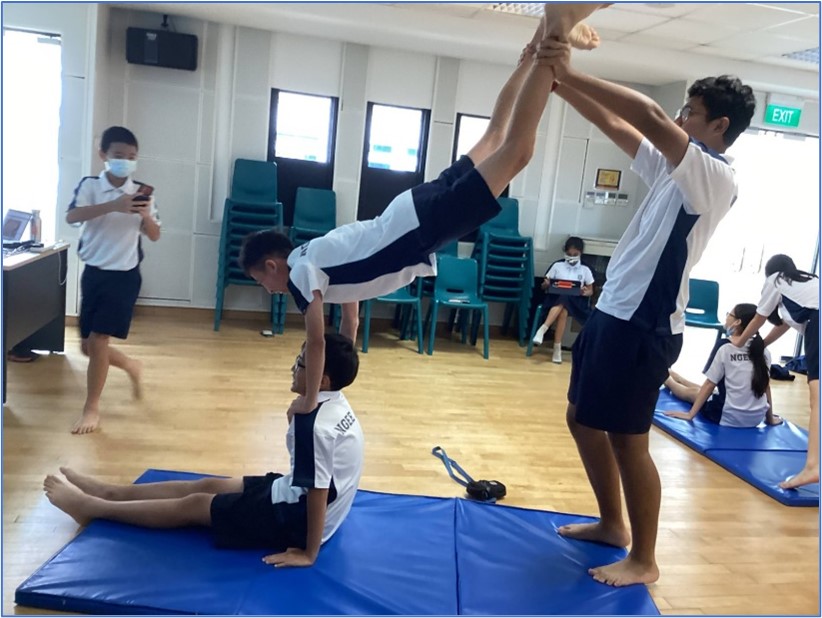 Diagram 11a: Using technology for Assessment for Learning.
Diagram 11a: Using technology for Assessment for Learning.
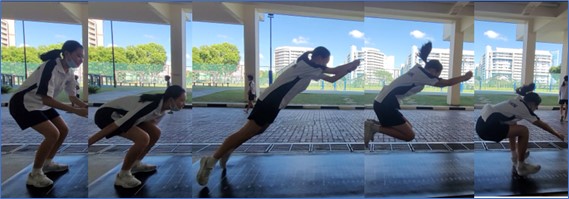 Diagram 11b: Video analysis to aid learning.
Diagram 11b: Video analysis to aid learning.

